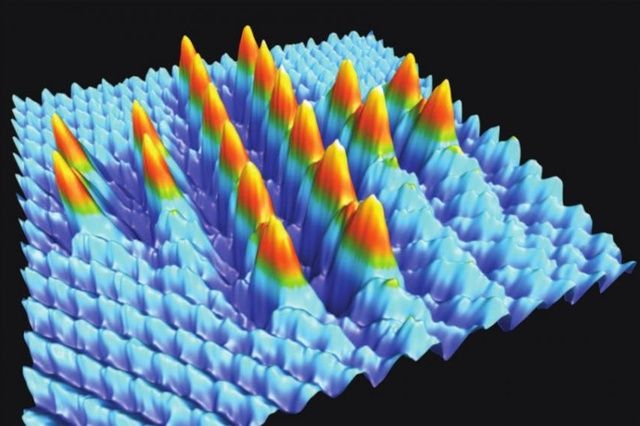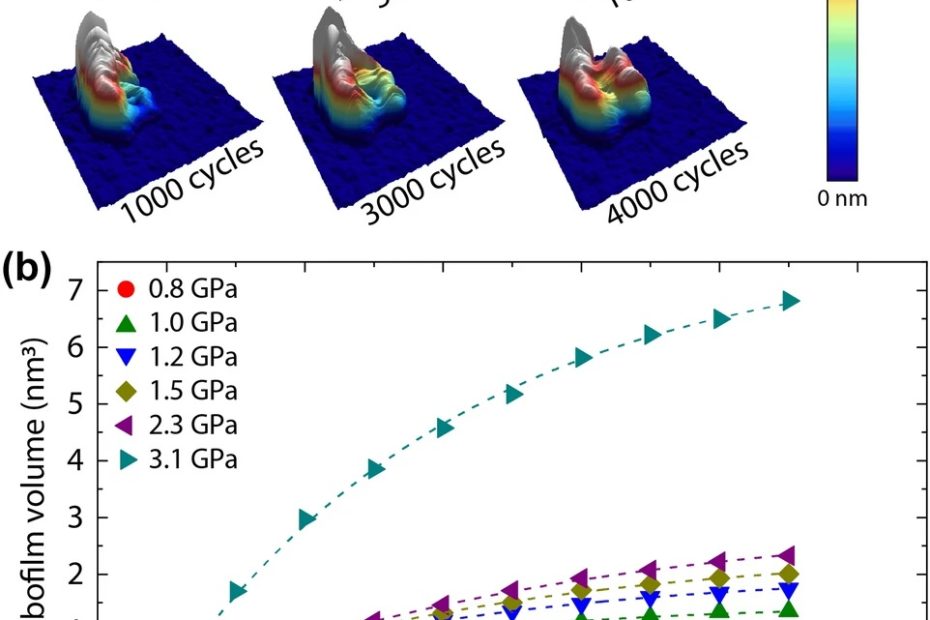Monitoring SARS-CoV-2 Surrogate TGEV Individual Virions Structure Survival under Harsh Physicochemical Environments
Successful airborne transmission of coronaviruses through fluid microdroplets requires a virion structure that must withstand harsh natural conditions. * Because of the strict biosafety requirements… Read More »Monitoring SARS-CoV-2 Surrogate TGEV Individual Virions Structure Survival under Harsh Physicochemical Environments






